E-market blooming with current trends
January 2, 2021 10:44 am
“Few years ago automation was limited to a few players and industries, nowadays’ industries are more pro to considering automation for their daily operations”
Satish Shukla, Co-Founder and Head, Marketing and HR, Addverb technologies, interacts with OEM update and explains how automation has become general routine wherein it was rare case earlier.
Government aims to increase the share of the manufacturing sector to country’s GDP to 25 percent by 2025. What will be your sectors contribution in the same?
India’s manufacturing sector could become an engine for economic growth and jobs and the government’s impetus to boost its contribution to the GDP if pans out well, will play a significant role. Automation of the manufacturing processes leads to not only improved efficiency but also creation of more meaningful and value-added jobs. Indian warehousing market has been witnessing constant growth over the last few years; 14 Mn sqft in FY2017 to 26 Mn sqft in FY2018 and 46 Mn sqft in FY2019, for FY2020, it’s been 41Mn sqft but the point demonstrates the growth. On the investment side, this sector has seen investment volume growing from USD 125 million in 2016 to USD 2.3 billion in 2017, USD 2.2 billion in 2018 and USD 1.8 billion in 2019 respectively. In line with this, warehouse automation market is also growing due to the rise of e-commerce and the demand for automation across different industries especially e-grocery, fmcg, pharmaceuticals, automobiles etc. It is expected that Industrial automation market in India is expected to touch USD 3.5 billion by FY 2020 and the manufacturing sector alone is expected to create 90 million jobs. With the COVID-19 pandemic hit, though this growth numbers might have been slashed, but they are expected to rebound stronger.
With increased reliance on digitisation, which automation technologies have emerged enormously in driving your sector’s growth?
The reliance on digitisation led to the adoption of automation across all spheres of warehousing activities starting from the inbound phase to the storage to the picking and the outbound. With the COVID-19 pandemic necessitating the need for social distancing, minimum no of touches on the product inside the warehouse premises, and the impending onset of MFCs as a result of e-grocery revolution technologies such as mobile robots, sorting robots, storage solutions such as dense racking using carton shuttle, pallet shuttle, crane based & shuttle based ASRS systems, picking technologies that enhance human productivity such as light based picking systems, voice based picking systems, and the software that orchestrate the entire warehouse operations such as WCS, WMS, WES are gaining popularity. In addition to these robotic picking systems such as bin picking, Industrial IoT solutions that provide visibility into the operations and enhance the productivity such as Truck Management System, Fleet Management System, Dock Management System are gaining popularity.
Automated technologies are widely adopted by almost every industry, including MSMEs and do you see democratisation of automation as a reality soon?
Compared to the time when Addverb was born, i.e., 2016, when automation was limited to a few players and industries, nowadays’ industries are more pro to considering automation for their daily operations. A few levers such as the rise of e-commerce, GST and tremendous competition within the sector have forced some companies to take the 1st step to build quality warehouses, that is warehouses that are structurally strong, stable, with good flooring and a height of minimum 7m-10m and these companies are gradually moving towards modern way of handling material using technologies such as mobile robots, ASRS, driverless vehicles etc. However, still, this is 20-25 percent of total warehousing, and is not enough to bring a significant transformation in material handling. In fact, automation is much more meaningful when vertical space is utilised along with reasons such as throughput requirements, which can’t be achieved by increasing labour; space constraints such as single facility operations, equity or customer demand for instant gratification such as 2-4 hour delivery window, then people need automation. However, for the wide adoption of automation still a few barriers need to be crossed such as the infrastructural and logistic facilities, the way automation has been perceived by the people, like the over emphasis of ROI on automation, measuring automation as a substitute to human labour, the red tape mechanism etc.
Some of the automation players like Addverb have done a great job in changing this perspective through detailed PoCs, workshops and awareness sessions on technology. Their sheer capability to produce the technology completely indigenous and the great amount of customisation also led to the greater acceptance of the technology along with bringing down the cost of automation by multi-fold vis-à-vis some of the European players, however democratisation of the automation is still a far cry though we have taken steps in that direction and it remains one of our mission.
Under the ‘Make in India’ initiative, can India become a ‘plus one’ destination by cutting down its dependency on imports?
Yes, certainly. Under the many initiatives launched by GOI, especially the PLI schemes that have been launched, to boost the manufacturing sector growth, can prove to be a game changer. It is possible to realise the potential of India being the next manufacturing powerhouse. With many of the manufacturing units of global giants moving out of China, India has become one of the most attractive destinations for investment in the manufacturing sector. For industrial automation, India has been emerging as a preferred sourcing destination globally. The young working population and the booming startup culture here are paving way for more and more innovations in this segment.
Apart from automation and IoT, what can be the next big thing in transforming your sector?
Automation using technologies such as AI, ML, and IoT are ruling the roost currently. Along with the above, technologies such as the cluster of Industry 4.0 that includes robotics, 3D printing, cloud computing and big data analytics are revolutionising the industrial sectors. COVID-19 pandemic has accelerated the usage of automation; the UV bots, picking bots have become a part of life and are also paving way for the industries and people to be more open about adopting automation. Also, in data science, containerised application deployments and Kubernetes have started to gain traction with enterprises increasingly moving away from traditional Hadoop based data lakes, while doing so they are realizing the benefit of abstracting the physical infrastructure while also adopting public clouds for agility. Similarly, the emphasis on data and analytics is also acting as a catalyst to the revolution of ‘continuous intelligence’ and ‘smart dashboards’ etc.
What are your plans and projections for the next years?
The company aims to become the world leader for the mobile robotics segment and intends to make India the factory of the world and a hub of innovation for industry 4.0 technologies. In the next 3 years, we aim to generate a billion dollar in revenue and want to penetrate the consumer industries such as education, hotels, and airports through various robotic solutions. The end goal is to take Indian Engineering to the global level with affordable and sustainable technologies. To achieve this, we established our own world class manufacturing facility where robots make robots to produce the best quality products. This coupled with our constant thrust for innovation, which has helped us to build a vast portfolio of products within a span of 4 years; we continue to spend more resources & building a strong R&D team, to come up with the most innovative products & solutions that suit our client needs by leveraging the latest technologies.
Cookie Consent
We use cookies to personalize your experience. By continuing to visit this website you agree to our Terms & Conditions, Privacy Policy and Cookie Policy.






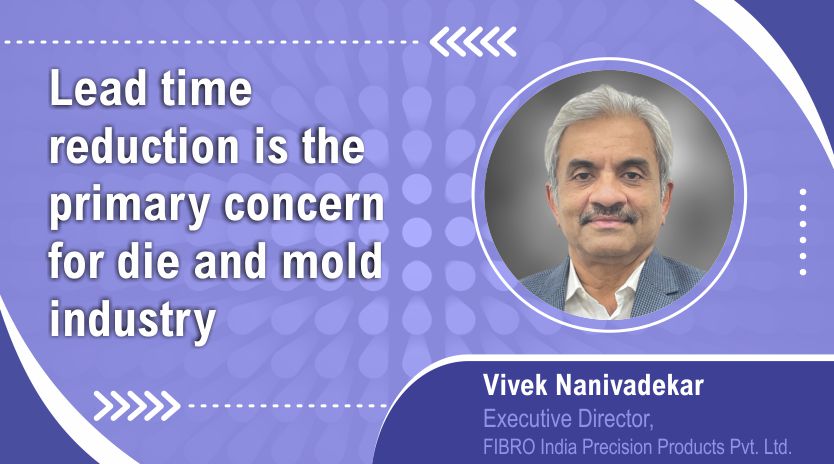
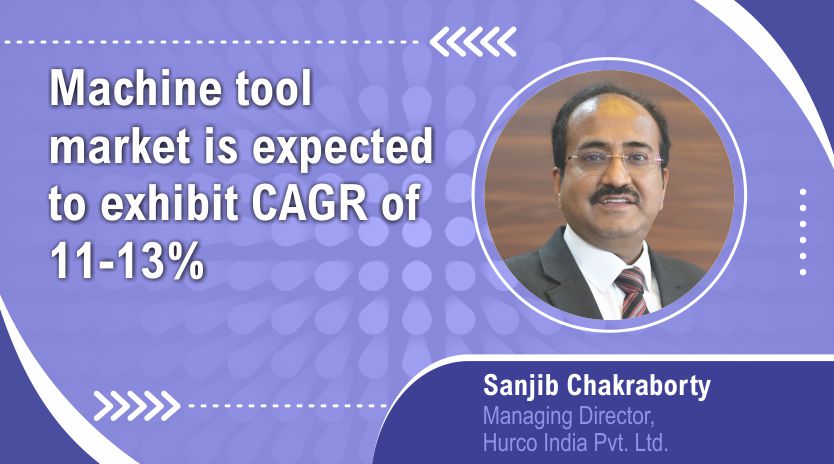
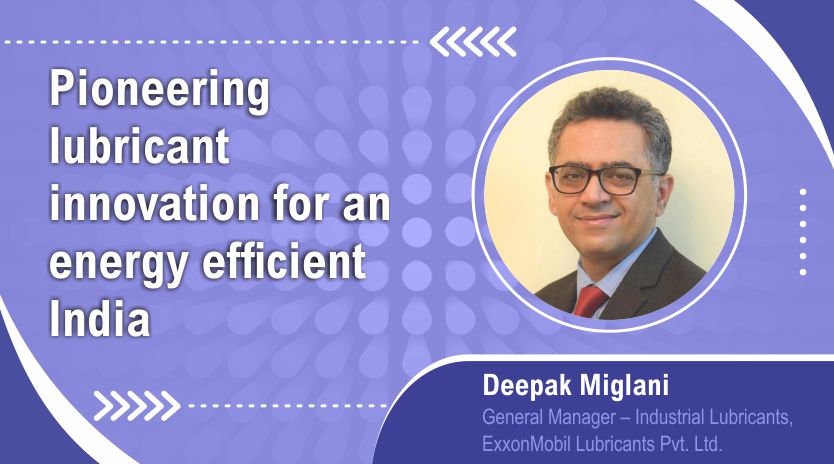

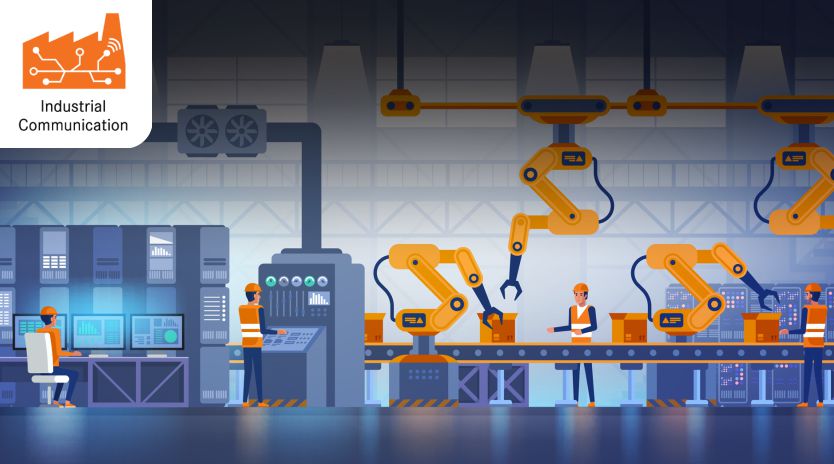

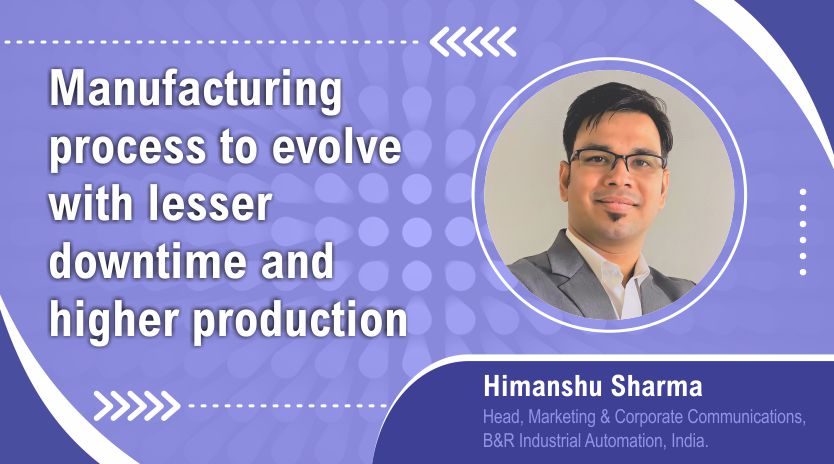
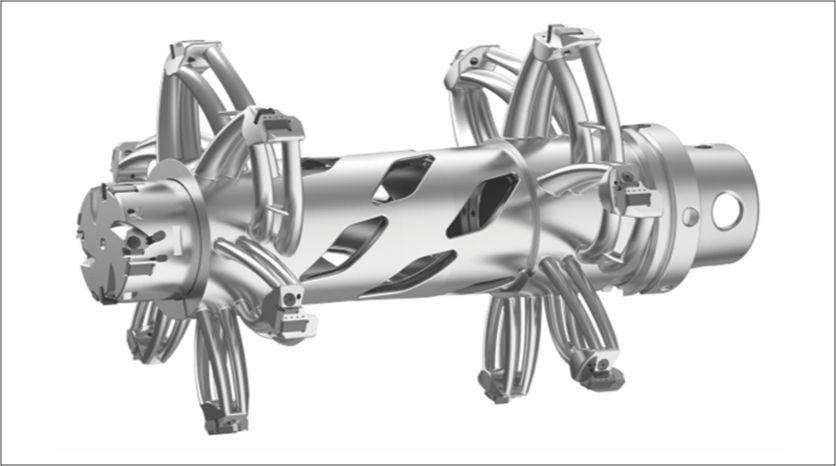



 English
English Hindi
Hindi